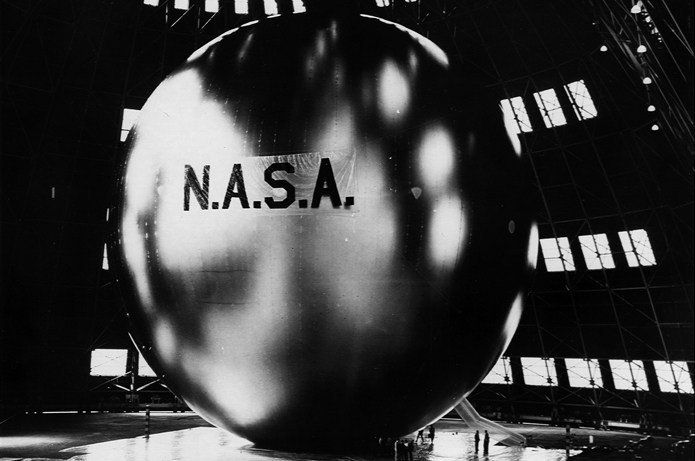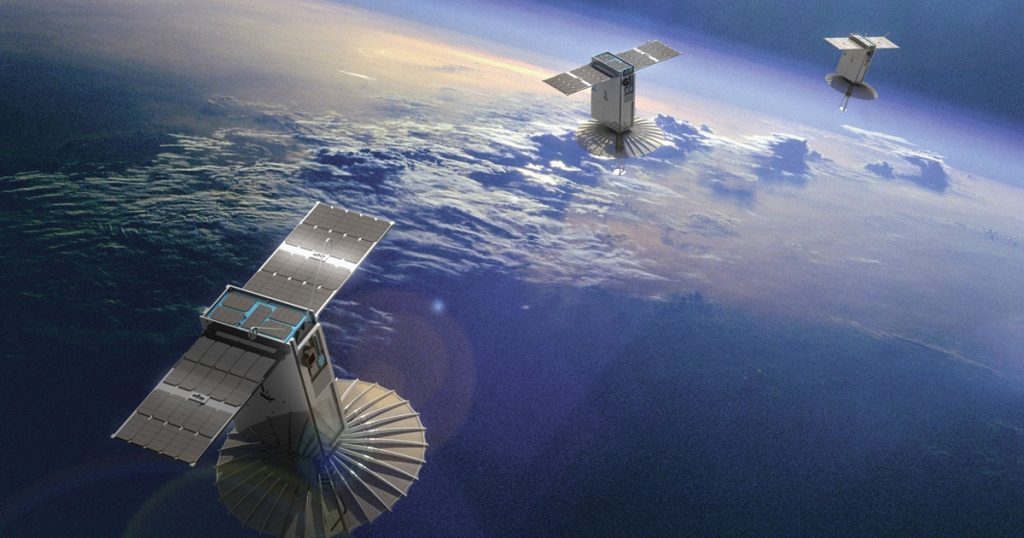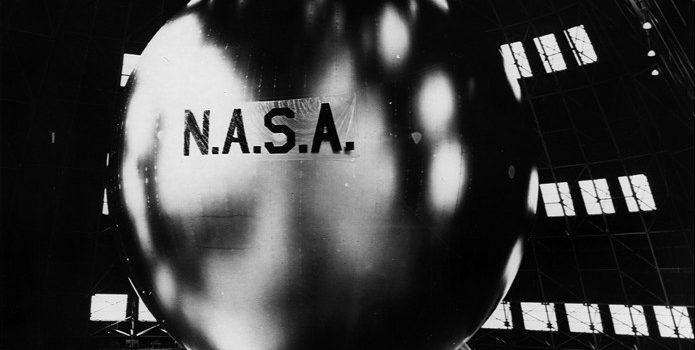The world’s first satellite was quite simple in terms of installed options and services, as well as its shape. It was a big chrome color balloon that roamed around at a thousand feet above our planet.
It had only two FM transmitters for telemetry purposes, and those were powered by nickel-cadmium batteries backed by solar cells. However, Active Communication Components and Rileys weren’t installed on the balloon satellite back in time.
The primary satellite in technological terms, however, served its purpose entirely as its large shiny surface passively reflected the sent radio signals. The satellite from project Echo functioned faultlessly for a whole of eight years and made intercontinental calls a reality along with reflecting radio and television signals.

The Echo Satellites were launched for experiments in the 1960s. Due to its balloon shape, it had the advantage of being inflated after the launch. At first, it was packed in a payload as small as possible. Consisting of the aluminum coat, it was a passive satellite as it sent back the signals instead of receiving them. The signals were amplified and re-transmitted.
With a lot of encouragement for authorities and NASA, and successfully transmitting back the signals provoked the development of active satellite communication.

Echo 1 was launched on 12 August 1960 and was inflated to become a massive diameter of 100 feet. At an orbiting distance of around a thousand miles, it circled the earth in approximately two hours. The first transmissions reflected off its surface was a successful test between a terminal built by Bell Laboratories in Holmdel, New Jersey, and another terminal built by NASA’s Jet Propulsion Laboratory in Goldstone. The satellite didn’t transmit messages across the ocean.
Echo 2 was launched two years later and measured 135 feet in diameter. It was not just more prominent, It was also significant as being the first space venture involving cooperation between the U.S.S.R. and the United States. A radio signal transmitted from the Jodrell Bank Observatory, near Manchester, England, was reflected off Echo 2 and received at the Zimenki Observatory, near Gorky, Russia, U.S.S.R. The satellite remained in orbit for five years.
The round balloon-shaped chrome satellite had a catch, anyone with just the right equipment could use it for communication purposes without any additional cost. The Echo Satellites were a revolutionary change in world-wide communications.


